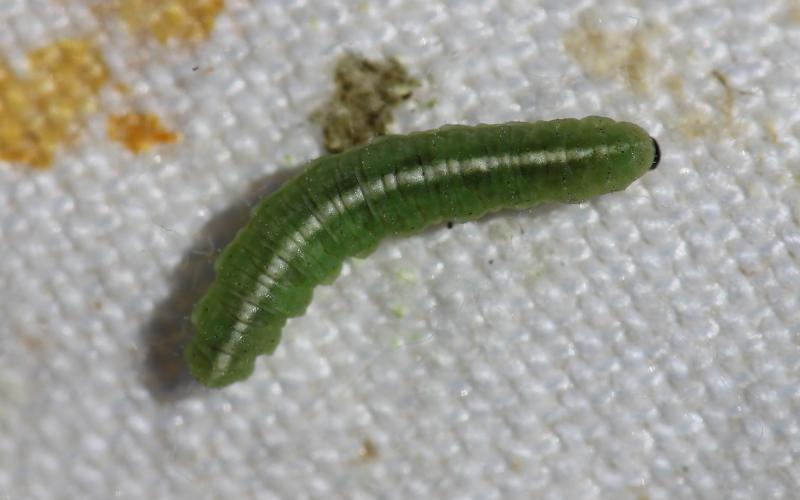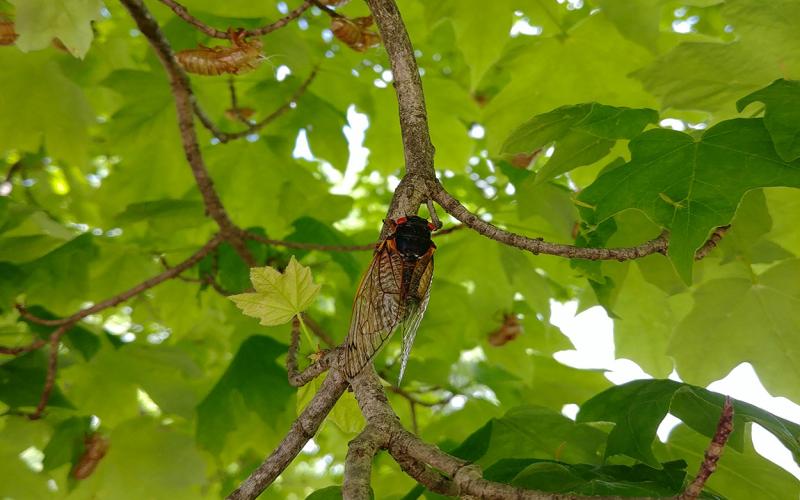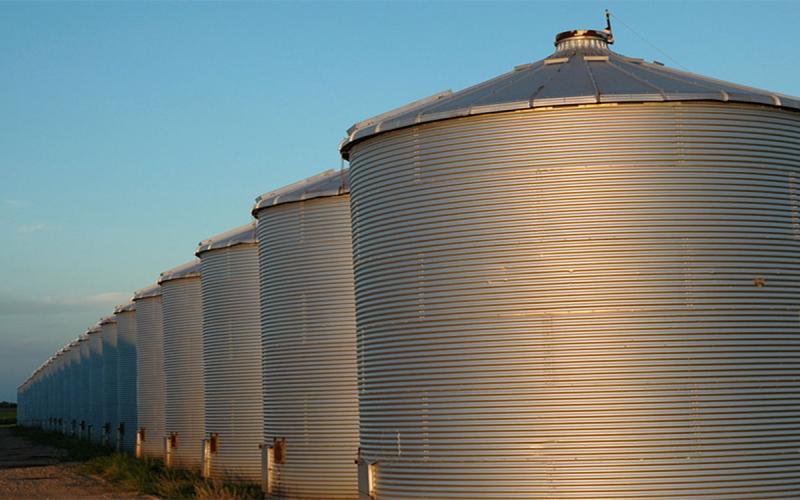Content by Patrick Wagner

Common Stalk Borer Activity Estimate: May 24, 2024
Throughout South Dakota, common stalk borer caterpillars are still active in alternative weed and grass hosts.

Alfalfa Weevil Activity Prediction Update: May 16, 2024
South Dakota finally warmed up and as a result, alfalfa across the state should be scouted for alfalfa weevil larvae.

Alfalfa Weevil Activity Prediction Update: May 9, 2024
Although May hasn’t been extremely warm, the accumulated degree days in South Dakota since January 1, 2024, suggest that alfalfa weevil larvae could be active in several areas of the state.

I heard cicadas are having a big year. Are they coming to South Dakota?
Cicadas are making headlines—specifically the periodical cicadas in Brood XIII and Brood XIX. Both both broods are in the Midwest and are geographically close together. Find out where you can expect to see them this spring.

Keep an Eye on Black Grass Bugs This Spring
In South Dakota, black grass bugs are a common spring pest of forage grasses. This native insect first appears in late April and May when grasses emerge from dormancy.

South Dakota Grasshopper Prediction for 2024
In 2024, grasshoppers are likely to cause problems in areas of South Dakota due to large populations that were present in 2023 and the relatively late first hard freeze date observed in much of the state.

Organophosphate Insecticides Under Continual Review by the Environmental Protection Agency
Recent moves by the EPA to limit or prevent the use of organophosphate insecticides present challenges for growers seeking effective pest control. So, what is motivating these changes, and what do they mean for producers?

Chlorpyrifos Products Can be Used in 2024 for Insect Pest Management
The U.S. Environmental Protection Agencys recently announced that currently registered insecticide products with the active ingredient chlorpyrifos will be legal to use on labeled crops during the 2024 growing season.

A Few Considerations for Fall and Winter Grain Storage
Proper grain storage during fall and winter is essential to ensuring a successful harvest. Learn some expert tips for managing stored grain pests and maintaining an ideal bin environment for post-harvest grain storage.

Common Stored Grain Insect Pests
There are several species of insects that feed on stored grain, resulting in reduced grain quality. Learn how to identify some of the most-common grain pests that can be found in South Dakota.